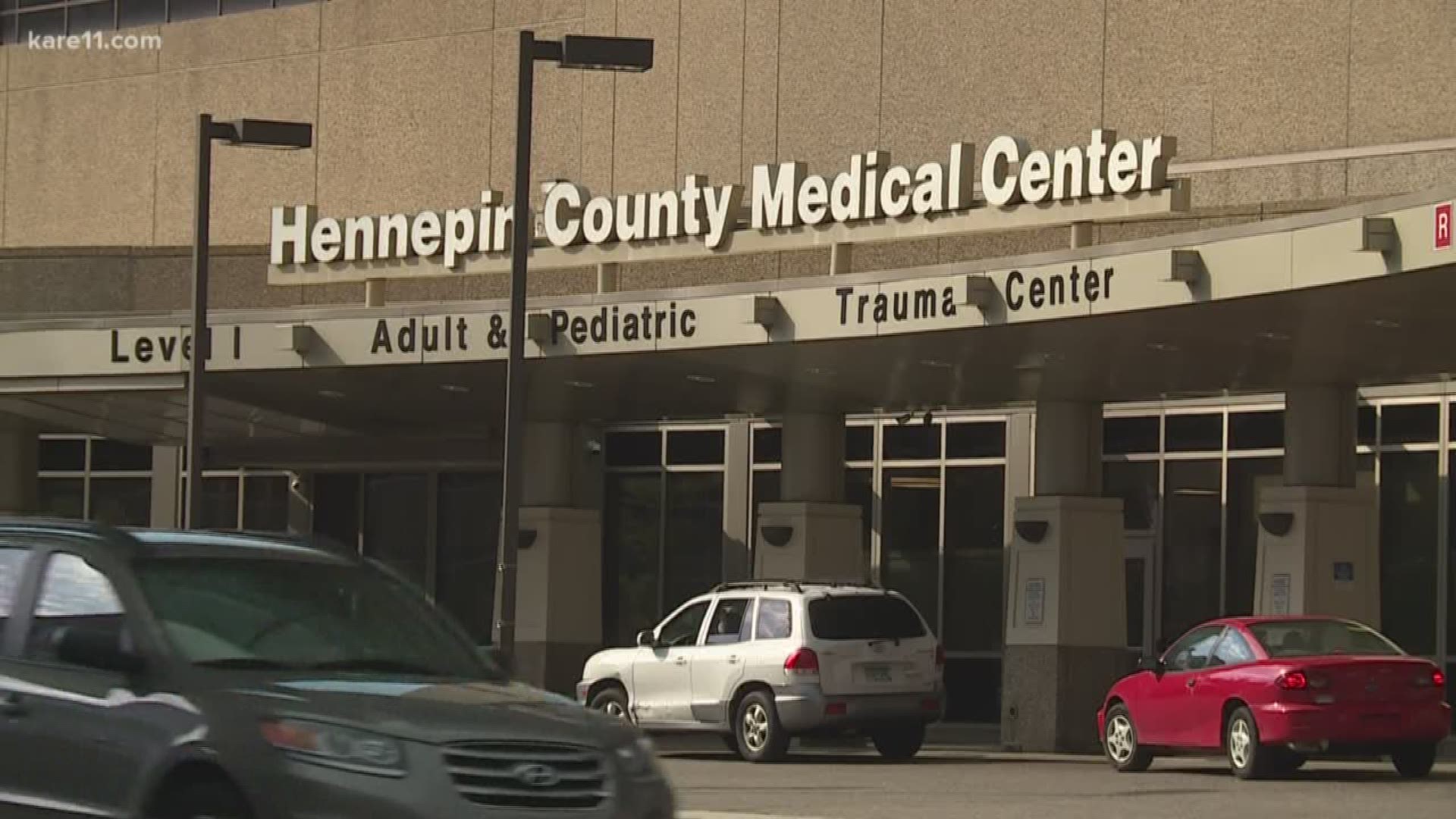MINNEAPOLIS -- HCMC officials responded Friday to a newspaper report that paramedics are using ketamine injections to subdue patients more often at the request of police officers.
Dr. William Heegaard, chief medical officer at Hennepin Healthcare, said he hasn't been provided all of the details of the internal Minneapolis Police Dept. report that was leaked to the Minneapolis Star Tribune this week.
"We do not have access to these cases, there’s lots of details, we don’t have access to the videos," Dr. Heegaard explained.
He said it appeared the report focused on eight cases, but asserted only four of them involved HCMC paramedics working in the field.
"We have reviewed the four cases that are in Hennepin EMS. We believe it fits within our protocol, but we understand the concern, and we’ll have it reviewed again."
The Star Tribune report said the ambulance crews injected people with the sedative at the request of police 62 times in 2017, compared with just three times in 2012.
Heegaard said the inquiry began in early to mid-April, when EMS personnel raised the issue internally. At that point Hennepin Health contacted MPD leaders to begin discussions.
While the report, by the Office of Police Conduct Review, hasn't been made public yet, the department already instructed officers that paramedics always should have the final say over whether to administer ketamine.
HCMC has been using the anesthetic since in the field since 2008, to sedate some patients, including some in the process of being detained by police officers.
Heegaard said the public mostly knows ketamine as the "date rape drug" but has been in use as an anesthetic since the 1950s.
And, he noted, it has been proven effective at preventing deaths of people in police custody, patients who could experience "excited delirium" and die from acute metabolic acidosis.
He said EMS crews are careful with the drug, and rarely inject people in the field.
"Last year, ketamine sedations were used in .095 percent of the 81,500 EMS transports or calls for service we did last year," Heegaard told reporters.
That figure -- .095 percent -- amounts to less than one-tenth of one percent of all call.
The Star Tribune report also cited cases where the ketamine injection was given after the persons were already restrained, but Heegaard said even restrained patients can harm themselves by thrashing around.
"When someone’s really severely agitated, or profoundly agitated, it will take a lot of people to hold them down, we will have to sometimes put them in restraints, and it’s all simultaneous," Heegaard explained.
"The time of initiation of ketamine is somewhere between 60 to 90 seconds Intramuscular, and that will take some time, so you’re really insuring the patient -- and I know it seems paradoxical -- that the patient is safe and that the other personnel are safe."

